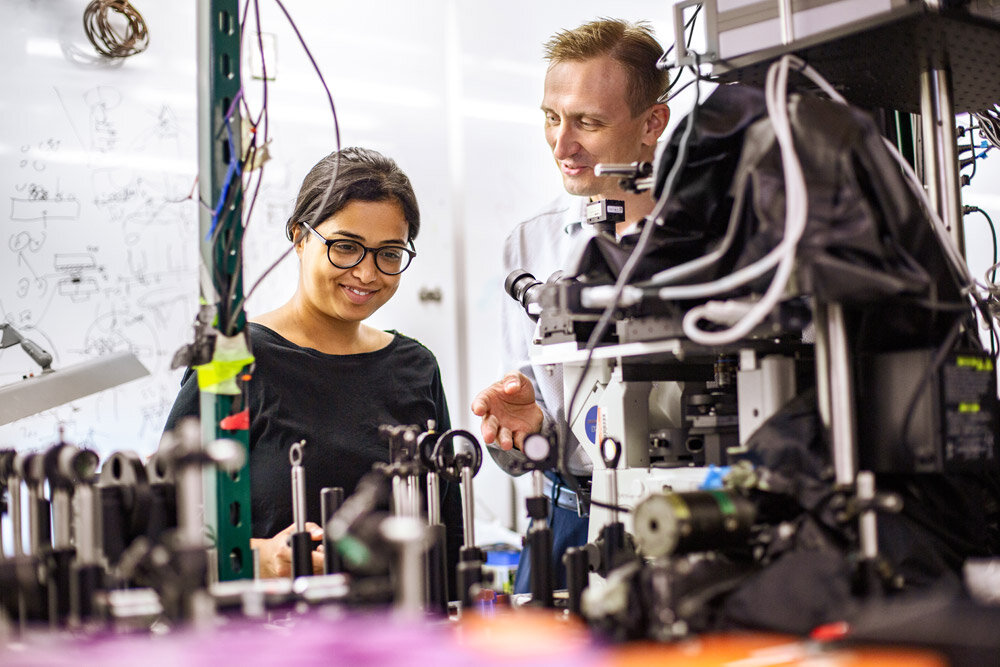Scientists investigating the behavior of individual particles within a perovskite have made a discovery they claim challenges the widespread understanding of the materials, and which could have implications for the design of perovskite solar cells and light emitting devices.
The discovery, reported in the paper Emergence of multiple fluoropheres in individual cesium lead bromide nanocrystals, published in Nature Communications, concerns light emission properties and the source of photoluminescence in the perovskite.
University of Texas at Dallas researchers said received wisdom was that light emission in perovskites followed a similar model to other semiconductor materials, with light emitted by mobile excitons within the material. Under that model, shrinking the material would restrict the movement of excitons, resulting in changes to the wavelength of light being absorbed and emitted.
However, the scientists used single particle spectroscopy to test the theory and found it was not proven. “We observed that perovskite light is remarkably consistent,” said Anton Malko, associate professor of physics at the School of Natural Sciences and Mathematics at the institution. “Despite examining a wide range of sizes, from 9 to 30mµ, the emission wavelength – the color of the light – was unchanged in the cesium-based perovskite samples. The emitted light was a specific green no matter the size of the material observed.”
Quantum confinement contradicted
Observing the material’s light emissions on the single nanoparticle level, the group found the source of the light came from strongly localized sources within the material tied to bromide atom vacancy sites in the cesium-lead bromide material the group worked with in the study.
“These findings contradict the quantum confinement model, which would dictate that the source of luminescence in these perovskites is from excitons delocalized over nanoparticles,” added Malko. “Perovskites of any size will demonstrate this behavior.”
The group said its discovery represents a major step forward in understanding the photoluminescence (PL) properties of perovskites and will inform further studies into solar cell and LED applications for the materials.
“This systematic study of light emission statistics provides vital insights into the nature of defects formation and the decisive role they play in the origin of PL in cesium-lead-halide perovskite nanocrystals,” read the paper’s conclusion.
This article was amended on 09/10/19 to clarify that the research is credited to the University of Texas at Dallas, and not the University of Texas as was previously stated.
This content is protected by copyright and may not be reused. If you want to cooperate with us and would like to reuse some of our content, please contact: editors@pv-magazine.com.




By submitting this form you agree to pv magazine using your data for the purposes of publishing your comment.
Your personal data will only be disclosed or otherwise transmitted to third parties for the purposes of spam filtering or if this is necessary for technical maintenance of the website. Any other transfer to third parties will not take place unless this is justified on the basis of applicable data protection regulations or if pv magazine is legally obliged to do so.
You may revoke this consent at any time with effect for the future, in which case your personal data will be deleted immediately. Otherwise, your data will be deleted if pv magazine has processed your request or the purpose of data storage is fulfilled.
Further information on data privacy can be found in our Data Protection Policy.